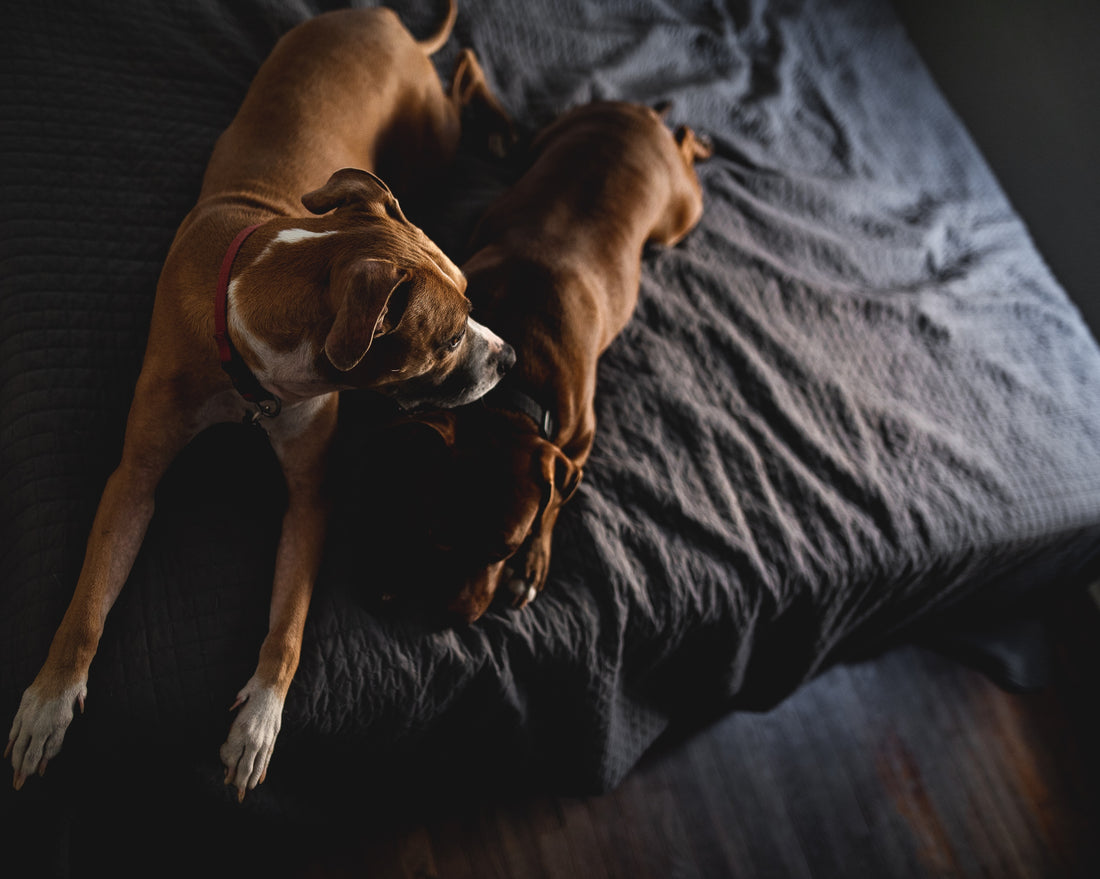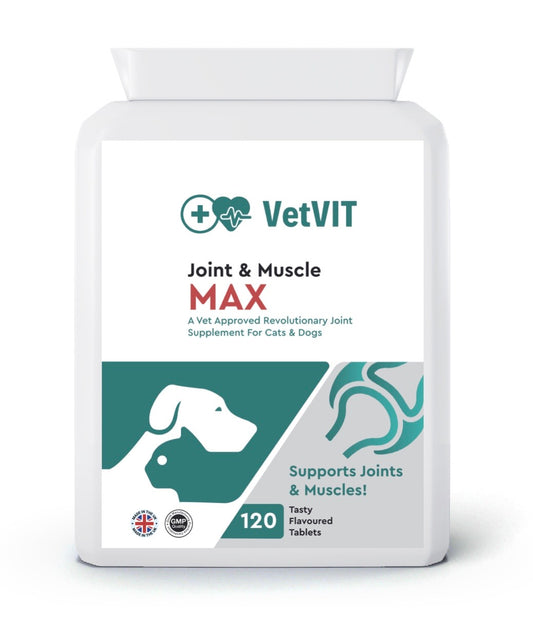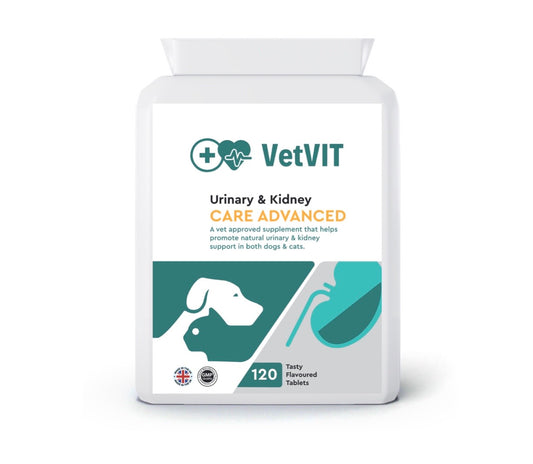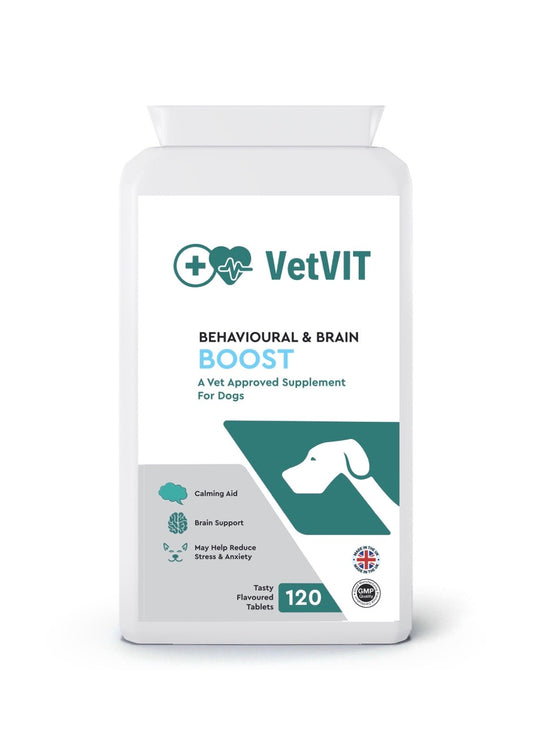Is your dog experiencing a little accident here and there? Don't fret! Incontinence in dogs is more common than you might think, and there are plenty of ways to manage it. Whether your pup is struggling with occasional leaks or full-blown accidents, this blog post will provide you with 8 take-home messages about dog incontinence and what you can do to help. So grab a treat for both you and your furry companion, settle in, and let's dive into the world of doggy bladder control!
What is dog incontinence?
Incontinence refers to the loss of bladder control, resulting in involuntary urine leakage. It can occur in both male and female dogs of all ages and breeds, although it is more commonly seen in older animals.
There are two main types of incontinence: urinary and fecal. Urinary incontinence involves the inability to hold urine properly, leading to dribbling or full-on accidents. Fecal incontinence, on the other hand, refers to the lack of control over bowel movements.
This condition can be caused by a variety of factors such as weak bladder muscles, hormonal imbalances (especially estrogen deficiency), anatomical abnormalities, urinary tract infections, nerve damage, spinal cord injuries or diseases like degenerative myelopathy.
It's important to note that not all instances of accidental urination or defecation are due to true incontinence. Some dogs may experience "excitement urination" when they get overly excited or scared. This is a behavioural issue rather than a medical one.
While occasional accidents may not be cause for concern, chronic or worsening episodes should prompt further investigation and intervention from your vet. The good news is that there are several treatment options available depending on the underlying cause of your dog's condition.
So if you notice your furry friend having bathroom mishaps more often than usual, don't worry! Stay tuned for our next blog sections where we'll explore the causes behind doggy incontinence and what you can do about it!
Causes of dog incontinence?
Causes of incontinence can vary greatly and it's important to understand the underlying factors that may be contributing to this condition in your dog. One common cause is a weakened sphincter muscle, which is responsible for controlling urine flow. This can occur due to age or hormonal changes, especially in spayed female dogs.
Another potential cause of incontinence is urinary tract infections (UTIs), which can irritate the bladder and lead to leakage. Additionally, certain medications or medical conditions such as diabetes or kidney disease can also contribute to canine incontinence.
In some cases, neurological issues like spinal cord injuries or degenerative diseases may affect nerve control of the bladder, resulting in involuntary urination. And let's not forget about anatomical abnormalities like bladder stones or tumors, which can obstruct normal urine flow and lead to leakage.
It's worth mentioning that stress and anxiety can also play a role in causing temporary episodes of incontinence. Changes in routine, new environments, or even separation anxiety might trigger accidents.
Understanding these potential causes will help you work with your vet to determine the best course of action for managing your dog's specific situation. So if you suspect your furry friend is experiencing bouts of urinary inconsistency, don't hesitate to consult with a professional who can provide proper diagnosis and guidance tailored specifically for your pup!
Is dog incontinence serious?
Dog incontinence can be a distressing issue for both the pet and their owner. While it may not be life-threatening, it is certainly a cause for concern.
Although it may seem like a mere inconvenience, chronic incontinence can have negative effects on your dog's quality of life. It can lead to discomfort, skin irritation, and even urinary tract infections if not managed properly.
In some cases, dog incontinence can also indicate an underlying health condition such as a urinary tract infection, hormonal imbalance, neurological disorder or weakened sphincter muscles. Therefore, it is crucial to identify and address the root cause rather than just treating the symptoms.
It's important to note that not all instances of occasional accidents necessarily indicate true incontinence. Other factors such as house training issues or age-related changes could also contribute to these incidents.
If you notice any signs of incontinence in your dog – frequent accidents indoors, dribbling urine while walking or sleeping - it's advisable to consult with your veterinarian for a proper diagnosis and treatment plan tailored specifically for your furry friend.
Remember that early intervention is key when dealing with doggy bladder problems. So don't hesitate to seek professional help if you suspect your dog may be struggling with canine incontinence.
Why would my dog suddenly become incontinent?
Why would my dog suddenly become incontinent? It's a question that many pet owners find themselves asking when they notice their dog having accidents inside the house. While it can be frustrating and confusing, there are several reasons why a dog might suddenly become incontinent.
One possible cause is age-related changes. Just like humans, dogs can experience muscle weakness and loss of bladder control as they get older. This is known as geriatric or senile incontinence. Hormonal imbalances, such as decreased estrogen levels in female dogs or reduced testosterone levels in males, can also contribute to urinary issues.
Certain medical conditions can lead to sudden onset of incontinence as well. Urinary tract infections, bladder stones, and tumors can all affect your dog's ability to hold urine properly. Additionally, spinal cord injuries or nerve damage from trauma or disease may result in loss of bladder control.
It's important to note that behavioral factors could also play a role. Dogs may develop anxiety or fear-based urination if they've experienced past traumas or stressful situations.
If you're concerned about your dog's sudden incontinence issues, it's best to consult with your veterinarian for a proper diagnosis and treatment plan tailored specifically for your pet. They will be able to determine the underlying cause and recommend appropriate interventions to help manage the condition effectively.
How to diagnose incontinence?
Diagnosing the underlying cause of your dog's incontinence can be a bit tricky, but it is an important step towards finding the most effective treatment plan. Your veterinarian will likely start by conducting a thorough physical examination and asking you questions about your dog's symptoms and medical history.
In some cases, further diagnostic tests may be necessary. These can include blood tests, urine analysis, ultrasound imaging, or even X-rays to check for any abnormalities or infections that could be contributing to the incontinence.
Your vet may also recommend performing a bladder function test to assess how well your dog's bladder is functioning.
It is crucial to rule out any other potential causes of urinary accidents such as urinary tract infections or bladder stones before concluding that your dog has true incontinence.
Remember that every case of incontinence is unique, so don't hesitate to consult with your vet if you notice any changes or concerns regarding your furry friend's bathroom habits.
What can you do for an incontinent dog?
What can you do for an incontinent dog? If your furry friend is experiencing incontinence, there are several steps you can take to help manage the condition and improve their quality of life.
First and foremost, it's important to consult with your veterinarian. They will be able to determine the underlying cause of the incontinence and recommend appropriate treatment options. In some cases, medication may be prescribed to help control bladder function.
In addition to medical interventions, there are practical measures you can take at home. Providing frequent bathroom breaks for your dog throughout the day can help prevent accidents. Designating a specific area outside where they can relieve themselves will also make clean-up easier.
Investing in absorbent pads or waterproof covers for furniture and bedding is another helpful strategy. These products provide a barrier between your dog's urine and surfaces, making cleanup less stressful.
Regular exercise is crucial for maintaining overall health but remember not to overexert your pup if they have mobility issues related to their incontinence. Gentle activities such as short walks or low-impact playtime will keep them active without putting too much strain on their bladder.
Don't forget about hygiene! Maintaining good grooming habits like regular bathing and keeping the genital area clean will reduce irritation caused by urine contact.
Remember that each dog's situation is unique, so what works well for one may not work for another. Patience and understanding are key when dealing with an incontinent pet - providing love and support goes a long way towards helping them cope with this challenging condition.
Prevention of incontinence
Prevention of incontinence is an important aspect of maintaining your dog's overall health and well-being. While not all cases of incontinence can be prevented, there are steps you can take to minimize the risk.
It's crucial to ensure that your dog maintains a healthy weight. Obesity can put extra pressure on the bladder and contribute to urinary issues. A balanced diet with appropriate portion sizes will help keep your pup at a healthy weight.
Regular exercise is also key in preventing incontinence. Physical activity helps maintain muscle tone, including the muscles that control urination. Aim for daily walks or play sessions to keep those muscles strong and functioning properly.
Another important step is providing ample opportunities for your dog to relieve themselves throughout the day. Regular bathroom breaks allow them to empty their bladder fully, reducing the likelihood of accidents or urine retention.
Proper hydration is essential as well. Make sure your dog always has access to fresh water so they can stay adequately hydrated. This helps maintain normal urine production and prevents urinary tract issues.
In addition, regular veterinary check-ups are crucial for early detection and treatment of any underlying conditions that may contribute to incontinence. Your vet can provide guidance on preventive measures specific to your dog's breed and individual needs.
By implementing these preventative measures, you can significantly reduce the chances of developing canine incontinence and help ensure a happy and healthy life for your furry companion!
When to see the vet
When to see the vet
While incontinence is a common issue in dogs, it's important to know when it's time to seek veterinary help. Here are some signs that indicate you should make an appointment with your veterinarian:
1. If your dog suddenly becomes incontinent without any underlying medical condition or known cause.
2. If the frequency and severity of accidents increase over time.
3. If your dog shows additional symptoms such as excessive thirst, weight loss, or changes in appetite.
4. If there is blood present in the urine or if your dog seems painful while urinating.
5. If your dog starts experiencing recurrent urinary tract infections.
Remember, only a qualified veterinarian can accurately diagnose and determine the best course of treatment for your furry friend's incontinence issues.
Conclusion!
In conclusion , dealing with canine incontinence can be challenging but manageable with proper understanding and care. By recognizing the potential causes, seeking appropriate diagnosis and treatment options from a veterinarian, implementing preventive measures where possible, and providing extra support and patience for our beloved pets, we can help them live happy and comfortable lives despite their bladder control challenges.
Dr. Alan MRCVS





